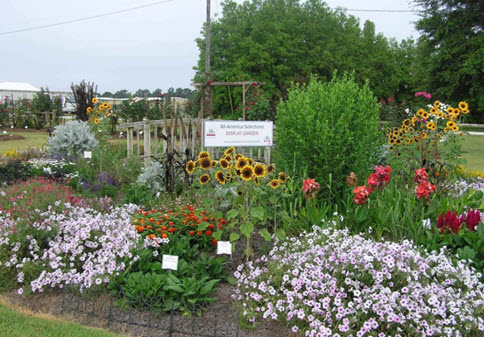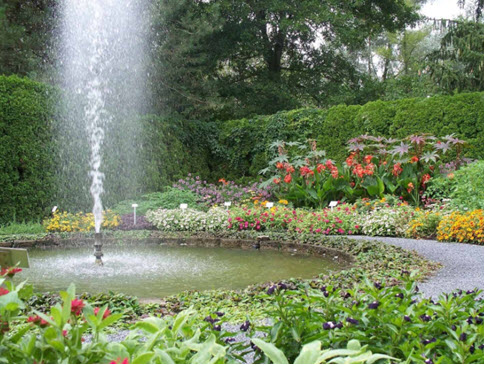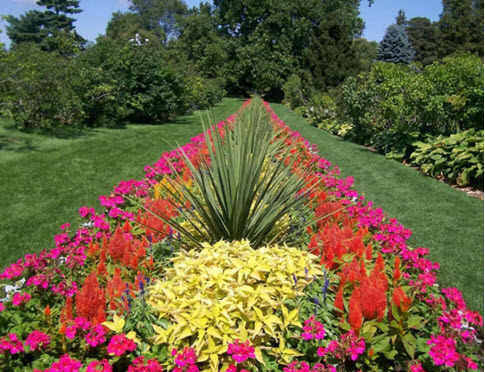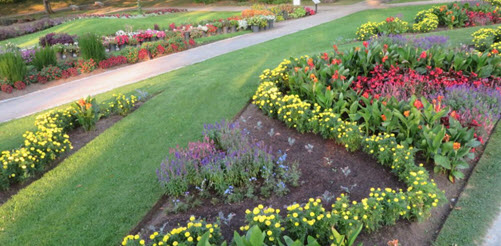Click below to listen to my 2 min. Garden Bite radio show: The what and why of AAS
The All America Selections for 2022 have been released.

A little history on AAS, in 1932, Ray Hastings (who owned a seed company) encouraged all seed companies to set up trial grounds, cooperatively test new varieties and agree to develop marketing efforts for new vegetables and flowers.

He recommended a national network of trial grounds throughout North American climates where flower and vegetable varieties would be grown and assessed by skilled impartial judges. The seed trials would accept only new, previously unsold varieties.

The network of nearly 200 dedicated AAS gardens includes 55 locations that have served for 25 years or longer. The earliest AAS Display Garden, Norseco, Inc. of Quebec Canada became an AAS garden in 1962.
Today, when you see the AAS designation, you can be certain that the plant you bought has been put through tests that passed those impartial judges, they are not paid. Most are horticultural professionals associated with a university or seed company.

AAS does not advertise and relies solely on a public relations program through garden clubs, university extensions, newspapers, magazines and RADIO!

All America Selections is the oldest, most established international testing organization in North America. After more than eighty years of trialing only seed-propagated varieties, (AAS) began trialing vegetatively propagated varieties last year. That means cuttings of the parent plants were used, not seeds. I’ll share some 2022 winners tomorrow.
Do note that there are plenty of plant breeders always developing new cultivars, but THESE winners have been fully vetted.

